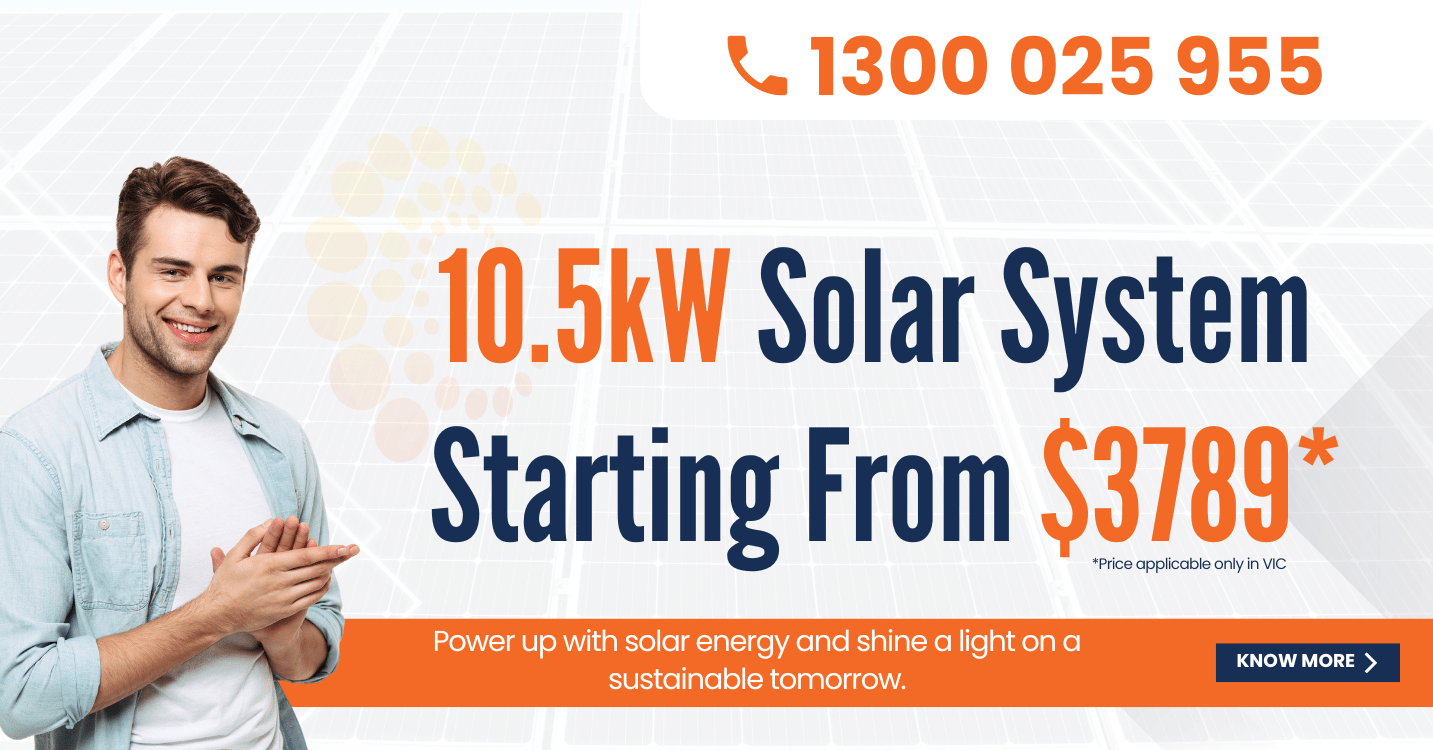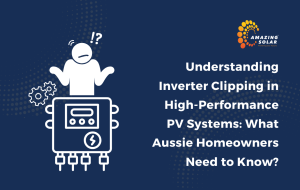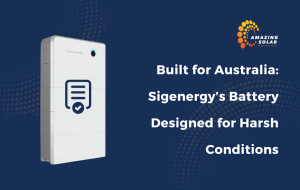When investing in a high-performance solar system, most Australians are focused on panel quality, inverter brands, and how much sunlight they’ll capture. But one lesser-known yet important concept is inverter clipping. If you’re seeing flat lines in your solar monitoring data at peak sunlight hours, clipping might be the reason. But don’t worry — it’s not always a bad thing.
Let’s break down what inverter clipping means, why it happens, and how to optimise your solar setup to get the most from your system.
What is Inverter Clipping?
Inverter clipping, also called power limiting, occurs when your solar panels generate more DC power than your inverter is rated to convert into usable AC power. When this happens, the inverter “clips” the excess energy, effectively capping the output at its maximum rated capacity.
Example:
Let’s say you have a 6.6kW solar panel array paired with a 5kW inverter. On a sunny day, your panels might try to push 7kW of DC power — but your inverter can only handle 5kW. The result? The inverter limits (clips) the output to 5kW, and that extra energy is not converted or used.
Why Does Clipping Happen?
Clipping is typically designed into a solar system — it’s not a fault. In Australia, it’s common practice to oversize the solar array compared to the inverter. This is known as DC-to-AC ratio oversizing and is encouraged by the Clean Energy Council (CEC).
The CEC allows oversizing the panel array up to 133% of the inverter capacity. So, a 5kW inverter can be legally and safely paired with up to 6.65kW of solar panels.
The reason? Solar panels rarely produce their maximum rated output. Oversizing the array ensures you get closer to the inverter’s full capacity more often during the day.
When is Inverter Clipping a Problem?
Inverter clipping becomes a concern only when:
- Your system is excessively oversized, resulting in frequent and prolonged clipping.
- You’re losing too much potential energy that could have been stored or exported.
- Your site has minimal shading and excellent solar irradiance, where the full panel output is consistently achievable.
In such cases, you might be better off with a larger inverter, multiple inverters, or a hybrid inverter with battery storage.
Technical Insights: Is Clipping Always Bad?
No, not at all. In fact, moderate inverter clipping is often a cost-effective system design strategy.
Pros of Designed Clipping:
Keeps inverter costs lower (smaller inverters are cheaper).
Maximises production during non-peak hours (early morning and late afternoon).
Matches well with battery-ready systems that store energy beyond clipping hours.
Cons:
You may lose some power during peak sunshine (especially in summer).
System owners not informed about clipping may think something is wrong with their system.
A well-sized system designed by a professional solar retailer like Amazing Solar Solutions ensures that clipping losses are minimal and that you still get the highest value for your investment.
How to Detect Inverter Clipping
Using your solar monitoring app, check for:
- Flat-topped curves on your energy production graph during midday.
- DC input values higher than the AC output limit of your inverter.
If you’re unsure, we recommend a professional performance audit of your solar system.
Should You Oversize Your Solar Array?
Yes — in most Australian scenarios, oversizing makes good economic sense.
But how much is too much? That depends on:
- Your location and solar irradiance.
- Your consumption habits.
- Whether you plan to add battery storage or join a Virtual Power Plant (VPP)
At Amazing Solar Solutions, we provide site-specific system designs that balance generation potential, inverter efficiency, and your unique energy goals.
Optimising for Performance and ROI
To avoid excessive inverter clipping:
- Work with CEC-accredited installers (like us).
- Choose the right inverter size based on roof size, orientation, and your daily usage.
- Consider future-proofing your system with battery storage or EV chargers.
Final Thoughts: Clipping is Smart — in the Right Amount
Inverter clipping is a natural result of smart solar design in Australia. A little clipping can save you money and still deliver excellent performance. Too much clipping, however, could mean you’re leaving savings on the table.
Thinking of upgrading or installing a new solar system?
Call Amazing Solar Solutions on 1300 025 955
Let our experts design a system that works smarter, not just harder — and helps you harvest the sun’s full potential.
















